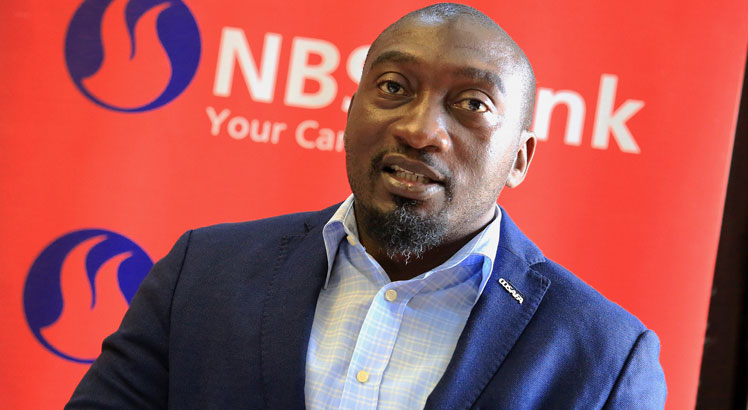Lifting the lid on suicide scourge
Not so long ago, a certain young person reached out to me in order to explain that his sister recently committed suicide and requested me to do something which can help to highlight the scourge of suicide which is affecting so many youths these days.
My response was really to indicate that I do not have the competence nor expertise to assist along those lines. However, the conversation reminded me of an experience I had over ten years ago.
Over a decade ago, I had the privilege of being involved in mentoring young people from the neighbourhood where we lived at the time.
The youth in the area had organized themselves into a group which arranged social events such as braais and the like and provided a safe space for playing games and discussing the scriptures and praying.
They had asked me to serve as a patron for their group.
From time to time, we would have them home to play board games and generally share social time in a safe environment.
Through that platform, I met a young man I will call Jonas in this narrative. He was a very brilliant IT technician.
When he found a job, he moved away and we had not seen each other for quite a while. At the time we met again, Jonas told me that he was battling with a debilitating sense of guilt as he believed he had done something which he felt could not even be forgiven.
We spent a lot of time discussing his experience (but he never quite disclosed what the wrongful deed was). Eventually, his family arranged for a proper counselling session with someone else more qualified.
Sadly, within a few days of our encounter I learnt that Jonas had taken his own life. Nobody ever found out what his source of guilt emanated from. But it was such a tragic incident; Jonas otherwise had so much promise for his youthful life.
The whole episode left me wondering what more I might have done to prevent such a tragic outcome.
It is never easy to deal with such experiences. However, one take away from the whole incident was to highlight just how much closer this scourge of suicide might be to all of us (and yet the stigma attached to the experience renders it so hard for society to harness its emotional resources and social networks to fight this deadly enemy.
It might be time for a more concerted effort to be directed at this; we must acknowledge that we are facing something of a crisis).
The psychological profile of young people who are more prone to take such misguided measures to deal with their problems can be quite varied: suicide per se respects no social status.
It is the weight of unresolved problems which pushes someone into the deception to believe that the only way out of their predicament might be to take their own life.
The actual gravity of the problem is not as significant as the perception which the victim has adopted towards his or her problem. It is therefore important to be vigilant in our interactions with the youth in order to be able to detect signs of distress early.
From my very rudimentary layman’s perspective, the emotions that tend to dominate a person battling with suicidal thoughts are a sense of hopelessness coupled with a morbid fear of shame.
When a person feels that what they have done (or failed to do) is so wrong that if it were discovered it would embarrass or even dishonour their family (or friends) they may fall into the trap of believing that the best way to resolve the predicament is to remove themselves permanently from the whole situation by taking their life.
Of course, that cannot be a solution but when one is emotionally vulnerable, there is limited capacity to process things rationally.
Over time, it has been quite encouraging to learn that in our society we now have more and more competent mental health experts who are available to provide treatment to persons battling the malady of depression (which usually precedes suicide).
It would be very important for close friends and family when they notice sudden change in behaviour and other forms of social withdrawal in someone to ensure that they engage (instead of moving away) and provide close monitoring and keep them away from any weapons or substances that could be used to harm themselves.




